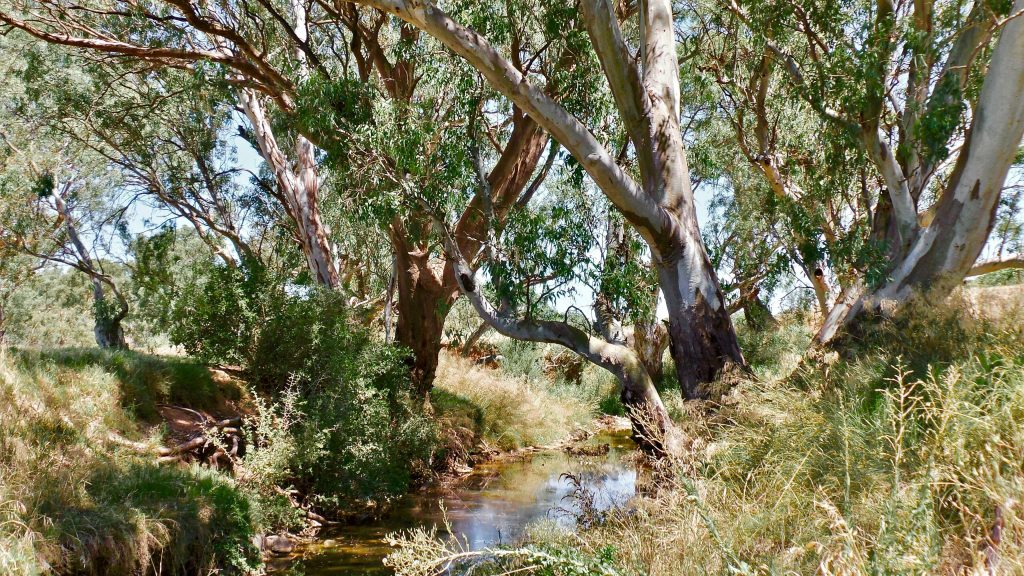
Hot Australian summers are tough on everyone – including our flying-foxes. Temperatures over 43°C can lead to heat-related fatalities in our big bats, but even at a few degrees below this they begin experiencing issues caused by heat stress.
Heatwaves aren’t new to the east coast of Australia – but they appear to be getting more frequent and more severe, and are affecting our wildlife more.
A recent study examined the impact this has had on flying-foxes – including pup abandonment – during the 2019 – 2020 summers and associated bushfires.
The research documented deaths in known camps across Australia, focusing on New South Wales. In pup abandonments alone (probably due to the mothers starving and not producing milk to feed their dependent young), the researchers recorded distressing figures – an estimated minimum of 2,612 flying-fox pups perished across 10 camps, with the highest concentration in one camp in Bomaderry.
Immediately after this, extreme heat events wreaked havoc across 40 camps in south-eastern Australia. Eight separate heatwaves devastated flying-fox populations, leading to a staggering number of fatalities estimated to be at least 72,175. Alarmingly, all these events occurred within the range of the threatened grey-headed flying-fox (Pteropus poliocephalus), compounding conservation concerns.
Wildlife carers intervened as far as they were able to, rescuing 409 flying-foxes from pup abandonments and 2,251 from heat events, demonstrating the critical role of rehabilitation efforts.
The study lays bare the grim reality of the 2019 – 2020 summer, which marked the greatest recorded mortality of Australian flying-foxes in a single season. The study also underscores the importance of empirical data in informing effective interventions against heat stress, which is vital for minimising flying-fox mortalities as the climate becomes warmer more frequently.
Stopping habitat destruction, restorating flying-fox habitat and vegetation they forage on, and halting climate change – these are all crucial strategies to preserve this species and others. Effectively, if we can maintain and provide a good environment, wildlife (flying-foxes, birds, gliders, koalas and more) will look after themselves.
The plight of flying-foxes illustrates broader concerns about wildlife conservation and the urgent need for concerted action to safeguard threatened species in the face of challenges from an increasingly changing climate.
Read the full report here: https://www.publish.csiro.au/pc/pdf/PC21003
Estimating flying-fox mortality associated with abandonments of pups and extreme heat events during the austral summer of 2019–20
M. Mo, M. Roache, J. Davies, J. Hopper, H. Pitty, N. Foster, et al.
Pacific Conservation Biology 2022 Vol. 28 Issue 2 Pages 124-139
Climate change and the effects of temperature extremes on Australian flying-foxes
J. A. Welbergen, S. M. Klose, N. Markus and P. Eby
Proceedings of the Royal Society B: Biological Sciences 2008 Vol. 275 Issue 1633 Pages 419-425